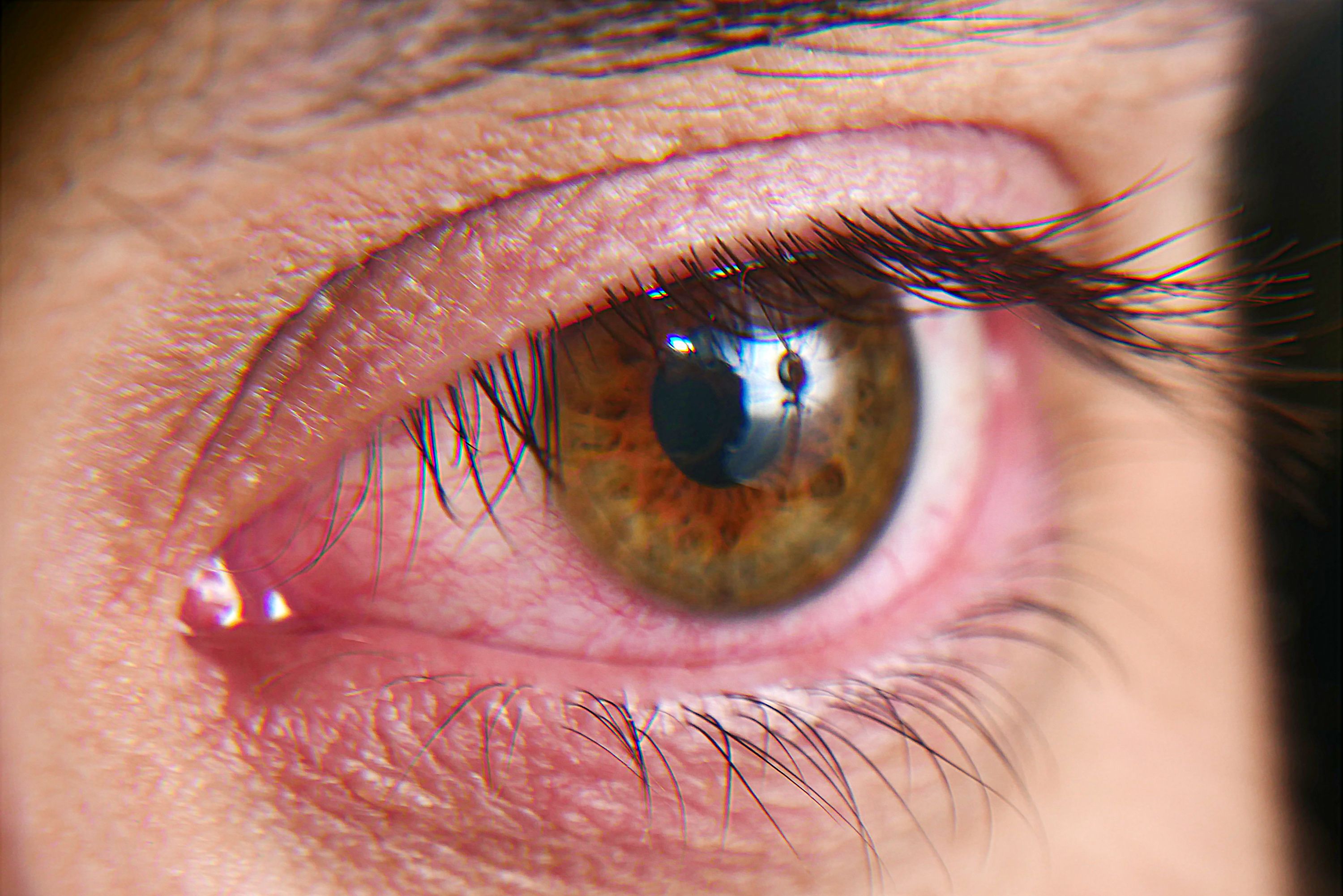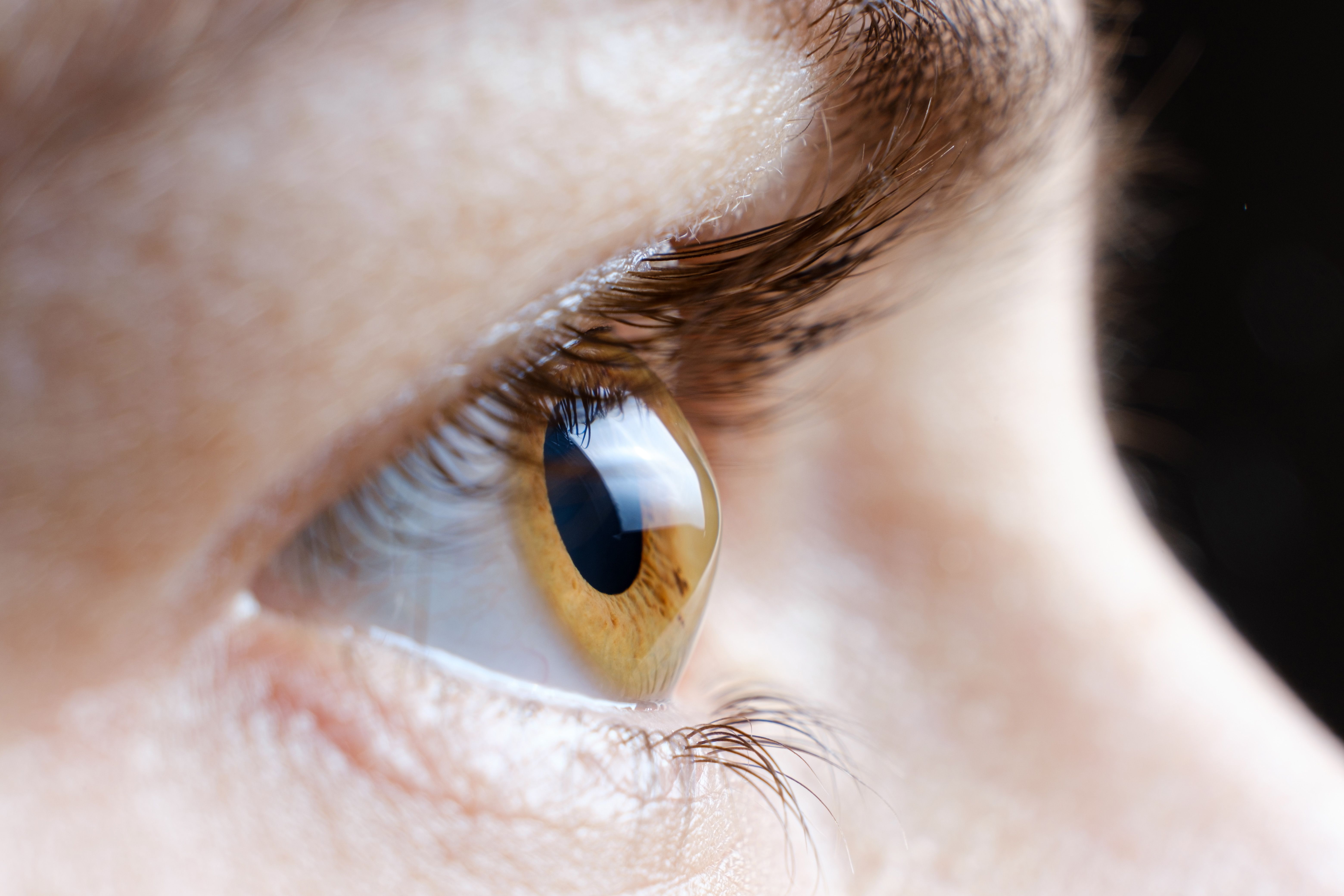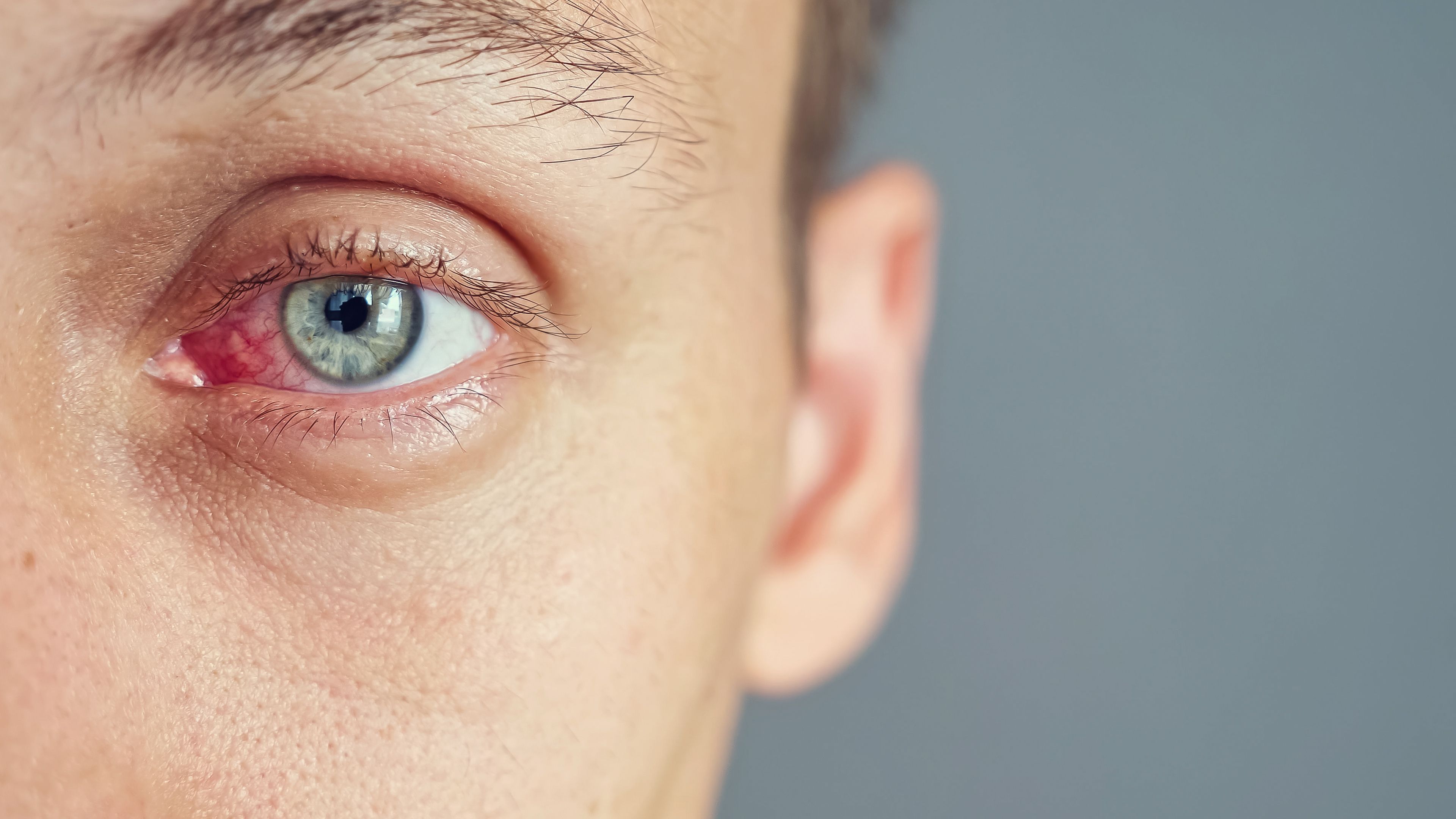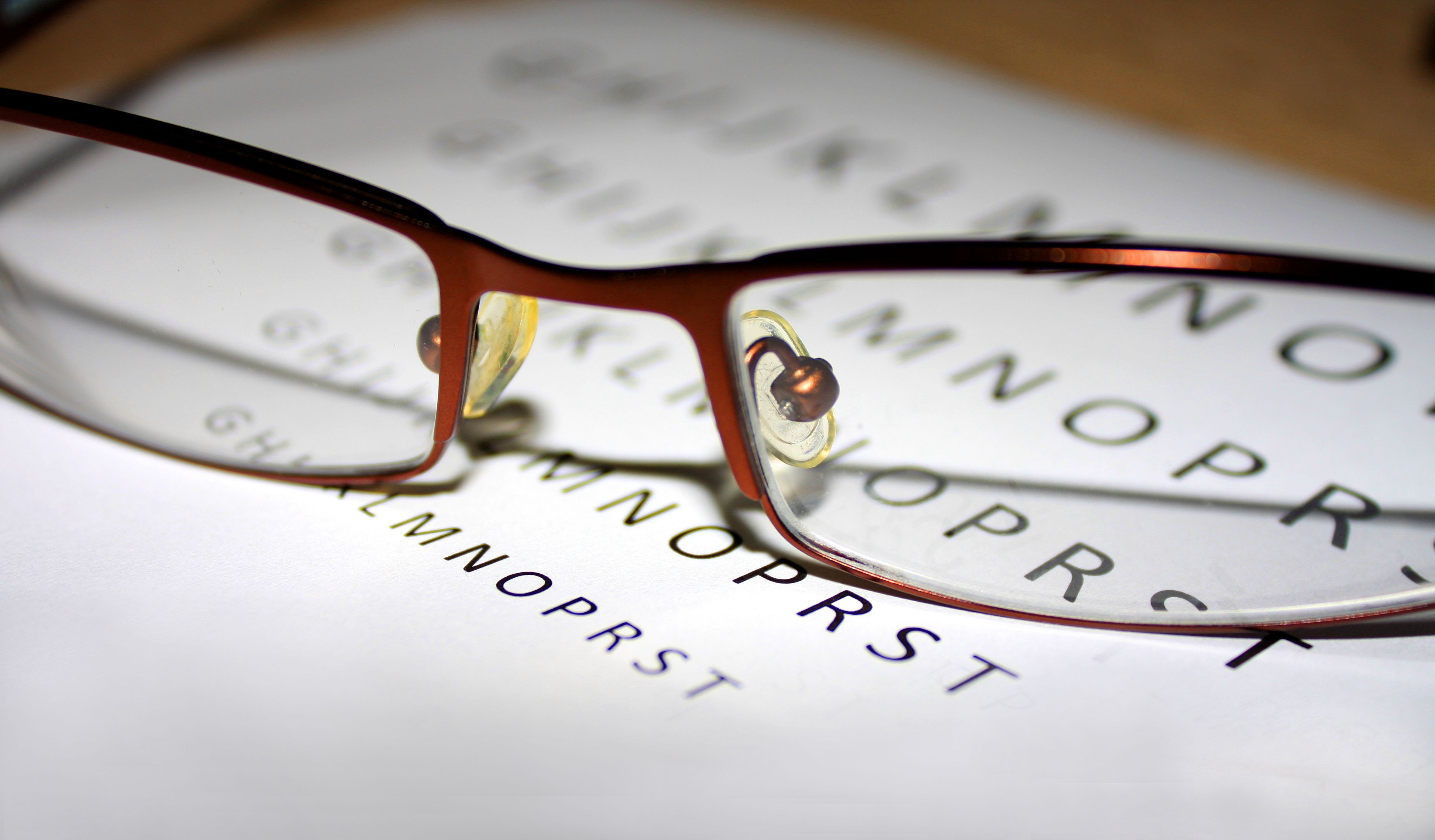Article
Study Finds Higher Rates of Hearing Loss Associated With Teprotumumab
Author(s):
Study findings presented at ENDO 2021, the Endocrine Society's annual meeting, show rates of hearing loss among 28 patients who took teprotumumab were higher than previously reported in phase 2 and 3 trials.
New research shows teprotumumab, the only FDA-approved treatment for thyroid eye disease (TED), may lead to more frequent instances of hearing loss or muffled hearing than previously thought. Study results were presented at ENDO 2021, the Endocrine Society’s annual meeting, which took place from March 20-23, 2021.
Teprotumumab is a targeted inhibitor of the insulin-like growth factor-1 receptor that is administered to patients once every 3 weeks for a total of 8 infusions. TED is a rare condition where the muscles and fatty tissues behind the eye become inflamed, causing the eyes to be pushed forward and bulge outwards (proptosis). The condition can threaten sight, be debilitating and disfiguring, and is primarily associated with an overactive thyroid gland due to Grave’s disease.
Phase 2 and 3 studies of the drug found it resulted in improvements in proptosis, double vision, soft tissue inflammation, and quality of life for patients. However, approximately 85% of patients experienced adverse events, with hearing loss symptoms reported by 10%. These symptoms were reported to be reversable upon stopping teprotumumab.
To better understand the incidence of hearing loss symptoms and sensorineural hearing loss among patients treated with teprotumumab, the researchers followed all patients who received at least 4 infusions of the drug at a single institution. They reviewed participants’ charts for hearing symptoms at baseline and during and after receiving therapy. All individuals reporting hearing symptoms were referred for audiogram testing and patulous eustachian tube (PET) testing.
Of the 28 patients included in the study, 13 (46%) complained of hearing symptoms, with autophony or an ear plugging sensation and hearing loss or muffled hearing as the most common symptoms reported.
Additional findings included:
- Hearing symptoms developed after a mean of 3.6 infusions
- Of the patients with hearing symptoms, 3 patients (23%) had sensorineural hearing loss documented on audiogram (n = 2) or patulous eustachian tube (n = 1) documented on PET testing
- The patient with PET has experienced some improvement, but not resolution, of her symptoms
- The 2 patients with documented sensorineural hearing loss have not experienced a significant improvement in hearing, on audiogram, on average 3 months after stopping teprotumumab
Although teprotumumab is a promising new therapy for active moderate to severe TED, the researchers cautioned, “providers should consider performing a baseline audiogram with PET testing and performing audiograms with PET testing for patients that develop hearing symptoms during or after therapy. Hearing loss is a concerning adverse event and its mechanism and reversibility should be further studied.”
Reference
Kossler A, Sears CM, Dosiou C. Hearing loss and teprotumumab. Presented at ENDO 2021; March 20-23, 2021. Accessed March 23, 2021. https://www.abstractsonline.com/pp8/#!/9188/presentation/4920





